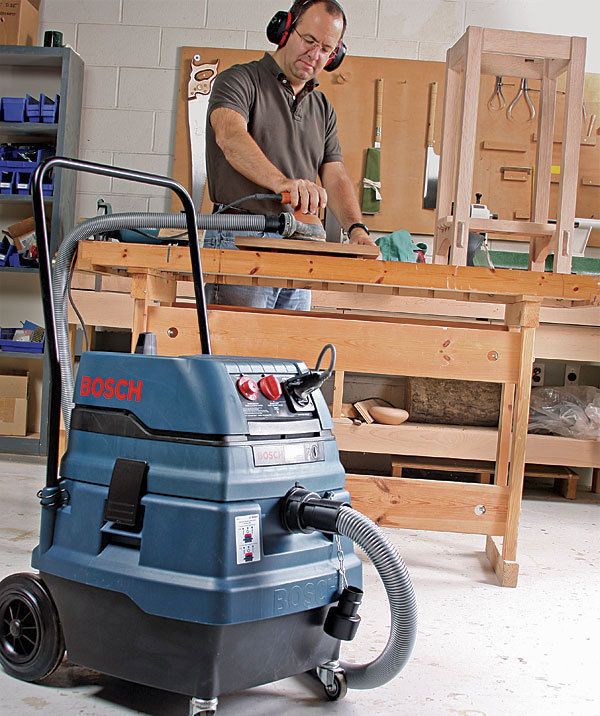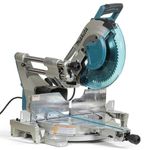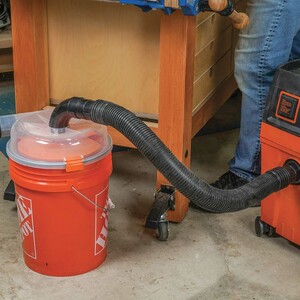Tool Test: HEPA Shop Vacuums
With better filters and features, new vacs are must-have companions for power tools
Synopsis: This is an indispensable guide to the most effective and user-friendly shop vacuums on the market. In doing the test, we selected vacuums that come standard with HEPA filters, the finest available. Where there was more than one similar model and the only difference was capacity, we went with the smaller model to save you some money. Other criteria for selection were that the vacuum have variable suction and an onboard power outlet. Models tested include: Bosch Airsweep 3931A, DeWalt D27904, DeWalt D27905H, Dustless Technologies HEPA Vacuum, Fein HEPA Turbo III, Festool Cleantex CT 26.
As part of our research for “A Revolution in Dust Collection” (pp. 52- 59), FWW shop manager Bill Peck and I brought in the best shop vacuums we could find. We used them in our filter testing, and planned to show just a few as part of a whole-shop guide to dust management. But somewhere along the line, one of us realized, “Duh, we’ve got a full tool test of shop vacs on our hands.” So here is your guide to the most effective and user-friendly shop vacuums on the market.
Three indispensable features
We selected only the vacs that come standard with HEPA filters, the finest available. Simply put, anything less is less safe, allowing the finest, most dangerous dust into your shop air and your airways. Where there was more than one similar model and the only difference was capacity, we went with the smaller model to save you some money. We did allow in one vac that doesn’t offer HEPA as a standard item—the 12-gal. DeWalt D27904—because it has a self-cleaning feature (shared only by the Bosch Airsweep), and we ordered the accessory HEPA replacement filter for it.
Two features that have become state-ofthe-art for shop vacuums are variable suction and an onboard power outlet. These features are related: If you have a tool plugged into the vacuum, the combined amp draw might trip your breaker. So it’s nice to able to dial back the suction a bit to draw less power. Also, with some sanders, full suction will pull the tool against the wood, making it harder to move it.
And of course, onboard power is a wonderful thing. You just plug in your router, sander, or whatever, and when you turn it on, it triggers the vac too. One less switch to hit, and one less extension cord to drag around. And the vacuum keeps running for a few seconds after you switch off the tool, grabbing the last few chips.
From Fine Woodworking #223
For the full article, download the PDF below:
Fine Woodworking Recommended Products

Freud Super Dado Saw Blade Set 8" x 5/8" Bore

Makita LS1219L Miter Saw

Veritas Precision Square























Log in or create an account to post a comment.
Sign up Log in